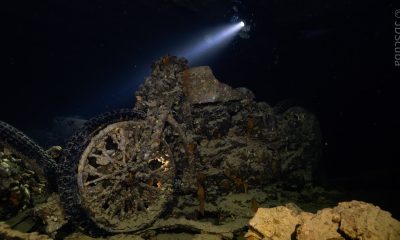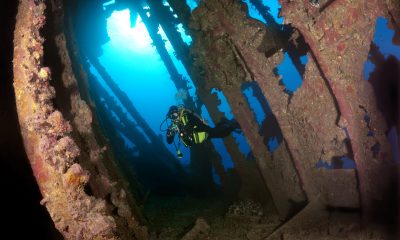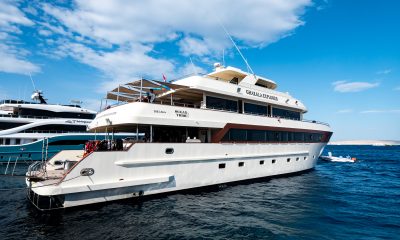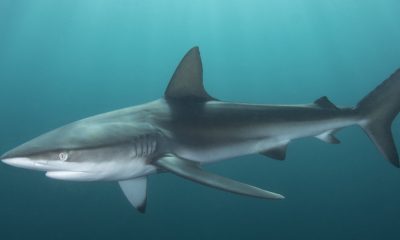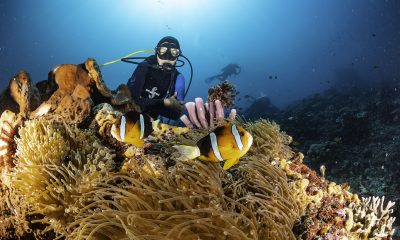News
Caroline Worlatini’s Red Sea Reunion aboard Hurricane
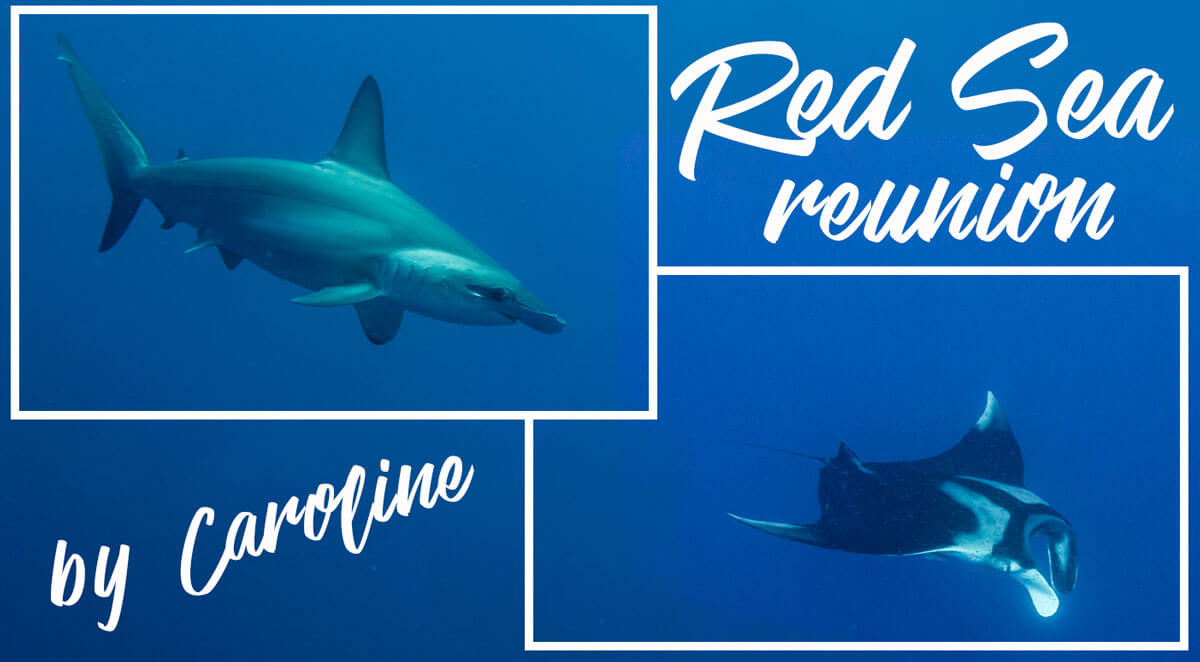
 We’ve all got those friends you’ve not seen for many years. A reunion sounds like fun, but what if they’ve changed? What if things aren’t as good anymore? I felt a bit like this at the prospect of diving Daedalus, Rocky & St Johns this year.
We’ve all got those friends you’ve not seen for many years. A reunion sounds like fun, but what if they’ve changed? What if things aren’t as good anymore? I felt a bit like this at the prospect of diving Daedalus, Rocky & St Johns this year.
In my time as a Red Sea dive guide, I was lucky enough to log hundreds of dives in the Southern Red Sea. I have so many magical, happy memories from these sites. My first manta was seen here. I was in awe at schooling sharks. My first cavern dives were in Fury Shoals. The whole itinerary is steeped in dive history for me. But it’s been a good 11 years since I was last there. What if the diving today didn’t live up to the memories? My excitement to return to Hurricane was tempered by these concerns, niggling at the back of my mind, when I stepped on board last week.
I needn’t have worried.
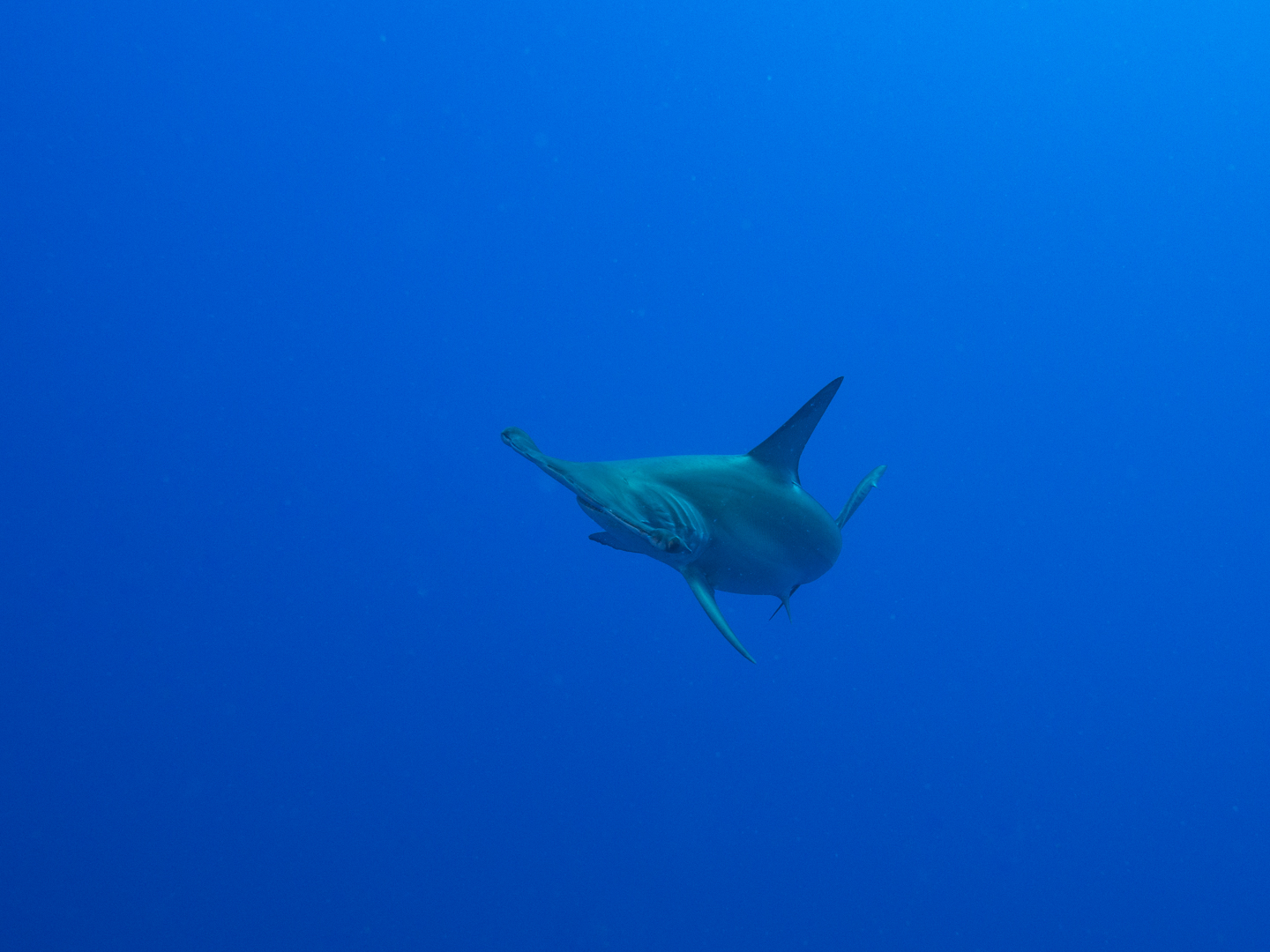
May and June must be hands down the best months to dive the southern Red Sea. Ok… maybe I need to qualify that a bit. They have been in my experience the best months for manta sightings and often for hammerheads too. I admit, the adrenalin rush of oceanics later in the summer is quite something – and for many divers the zenith of the Red Sea calendar. Threshers and silkies tend to be better in the winter months. I’ve travelled much farther to find both shark species… and had less success when I think of it! But there’s something about Spring that brings the twin delights of rays and sharks together. After the dark winter months of the UK, to jump in with playful and curious pelagics is a sheer joy.
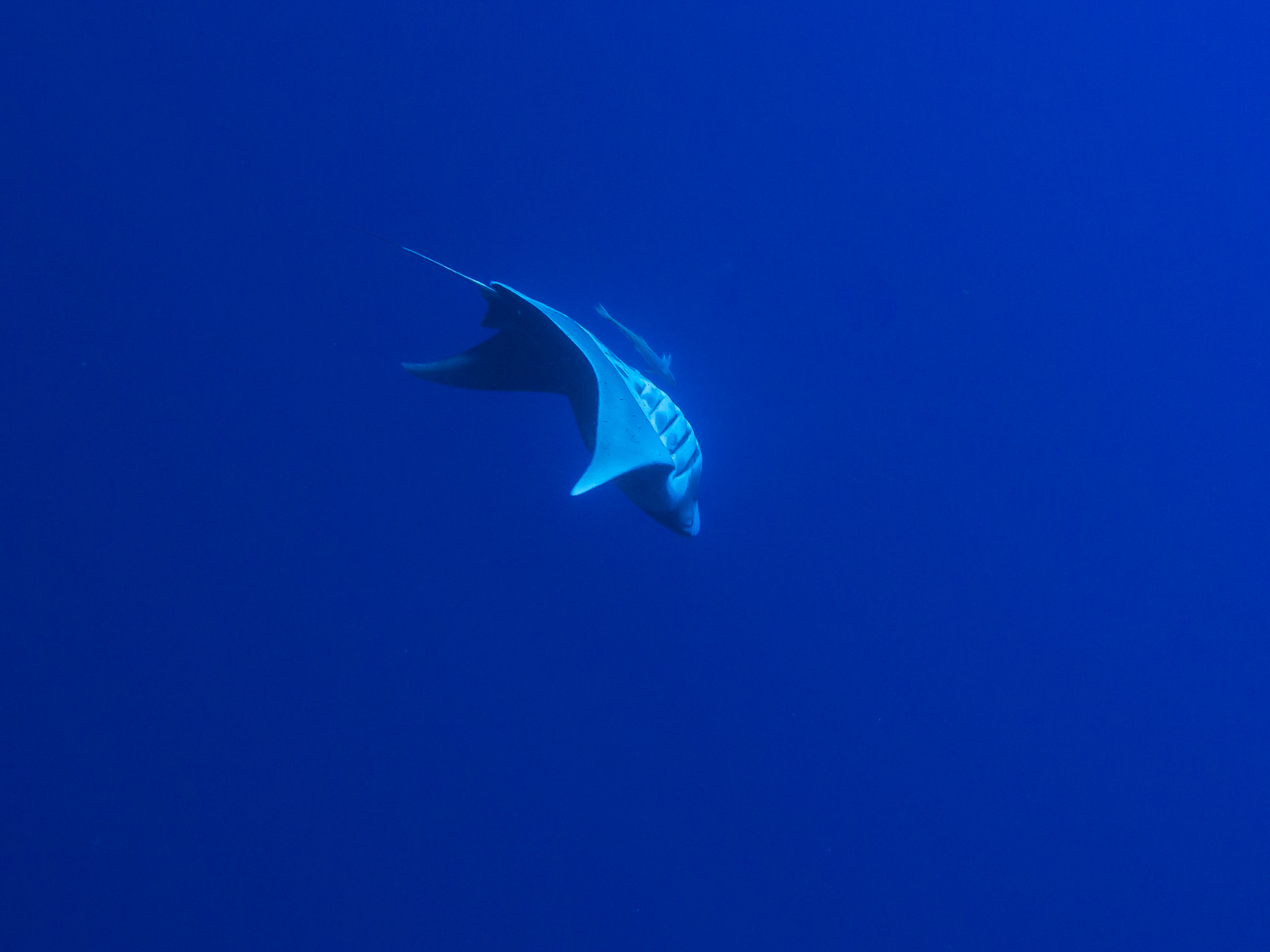
Daedalus was on fire. The water around the north tip was thick with plankton and we had virtually no current. A school of around 6 hammerheads cruised in to check us out, slowly passing by. Yet the mantas were really stole the show. Manta are always a bit hit and miss in the Red Sea. You just need to be in the right place at the right time. No denying it – that place in May is Daedalus. We must have seen at least 5 individuals, from a small 1m to a whopping 3m+, from 30m to 5m. Within the first 6 minutes of one dive we had seen a gray, 2 threshers, hammerheads and manta. I almost got out. Glad I didn’t though. The manta would swoop in, barrel roll in front of divers and then swoop off again. A single hammerhead tried to get in on the action, cutting in between the manta and divers. “Look at me”, she cried,”I’m cool too!” A dive buddy of mine has logged several thousand dives around the globe, but on that single dive saw most of the big fish that had thus far eluded him. It was with a heavy heart that the boat left Daedlus to carry on our itinerary
 If like me you are an ardent reef diver, it really doesn’t get much better than Zabagad, St Johns and Fury Shoal. The hard coral pinnacles at Zabagad are breath taking. I could spend hours in the coral gardens in Fury Shoal, especially Abu Galawa Soraya. Hard corals are supposed to be that bit extra sensitive to adverse conditions. By the condition of the Southern Red Sea, she is in amazing health! Blues, yellows, greens, surrounded by fusiliers, banner and butterfly fish and of course vast clouds of anthias. As we drifted down the walls of St Johns, swathes of anthias and glass fish floated around you, only to suddenly dart into the wall as the trumpet fish raced in on the hunt for lunch.
If like me you are an ardent reef diver, it really doesn’t get much better than Zabagad, St Johns and Fury Shoal. The hard coral pinnacles at Zabagad are breath taking. I could spend hours in the coral gardens in Fury Shoal, especially Abu Galawa Soraya. Hard corals are supposed to be that bit extra sensitive to adverse conditions. By the condition of the Southern Red Sea, she is in amazing health! Blues, yellows, greens, surrounded by fusiliers, banner and butterfly fish and of course vast clouds of anthias. As we drifted down the walls of St Johns, swathes of anthias and glass fish floated around you, only to suddenly dart into the wall as the trumpet fish raced in on the hunt for lunch.
Jump in at St Johns caves and be sure to spend a few minutes with the resident napoleon. Their eyes fascinate me, watching you from every angle. We did several sites where you have “cave” dives. They aren’t really caves in the true sense, but more caverns where the reef has cracked open. For someone like myself with a camera, the rooms of dark and light are a playground. Our small group of photo mad divers didn’t tend to go very far and buddy Brian was an ever patient model here! Blue spotted sting rays dart across the bottom while hatchet fish lurk in the gloom. I think these were some of the most popular dives of the week… after the manta! 
Hurricane is always a delight to dive from. Her steel hull really does make the sailing so much more comfortable. We had good weather, and there was barely a roll as we ate en route between sites. She’s easy to get on and off and the two zodiacs are some of most generous I’ve come across in the Red Sea. But, as every diver really knows, it is the crew that makes a trip work and my thanks go to all the crew, guides and captain. From Adel and Wahid, our guides, to Samir in the saloon and Red, the all important chef… some of these were familiar faces, having worked with Tornado Marine Fleet for many a year. Others were newer recruits to the team. But all welcomed us with a genuine smile and could not have worked harder to cater for our every needs. Let’s not forget the dive deck team. The zodiac drivers were brilliant and ever present and I never put my fins on myself once.
At the end of the week, I had once again fallen well and truly for the charms of the southern Red Sea. It’s the range of diving that keeps me coming back for me. From the biggest sharks and rays at one location, to hunting for nudis on in a colourful coral garden. The happy thoughts of the dives kept me smiling all the way back to Gatwick.
There are still some places left on Hurricane this year – so if you fancy an amazing diving adventure get yourself booked on!
Read more about Hurricane here
To find out more about Scuba Travel and the dive holidays they offer, call 0800 0728221, email dive@scubatravel.com or visit www.scubatravel.com.
Gear News
Scubapro Free Octopus Promotion 2024
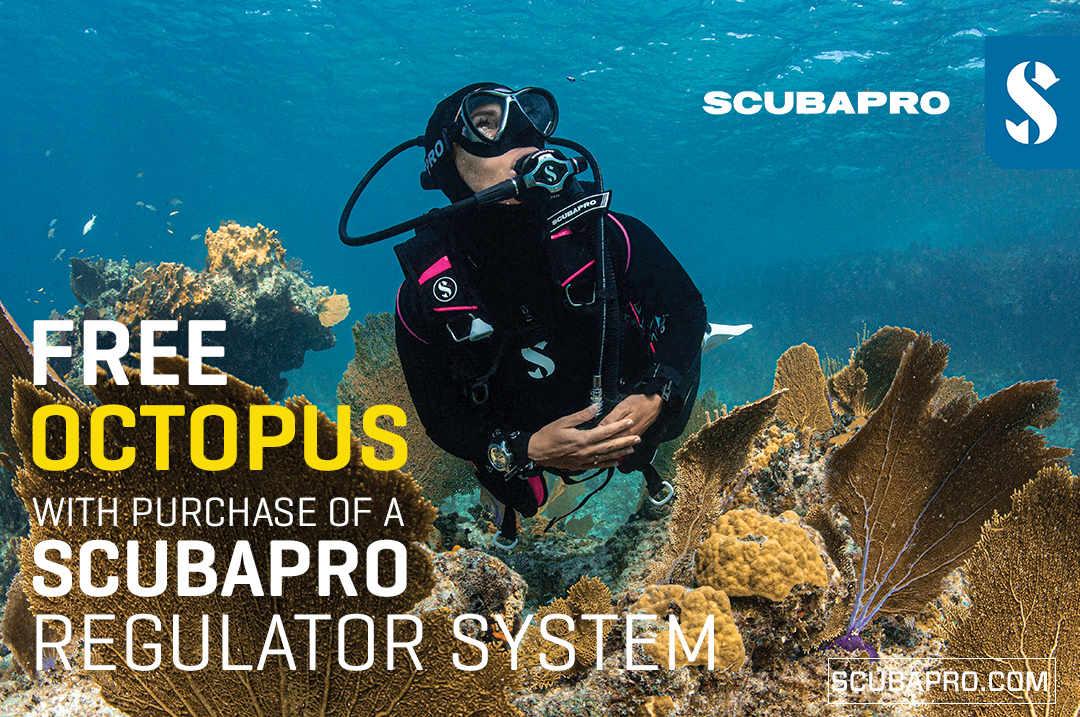
Free Octopus with every purchase of a SCUBAPRO regulator system
Just in time for the spring season, divers can save money with the FREE OCTOPUS SPRING PROMOTION! Until July 31st SCUBAPRO offers an Octopus for free
with every purchase of a regulator system!
Get a free S270 OCTOPUS with purchase of these combinations:
MK25 EVO or MK19 EVO with A700
MK25 EVO or MK19 EVO with S620Ti
MK25 EVO or MK19 EVO with D420
MK25 EVO Din mit S620Ti-X
Get a free R105 OCTOPUS with purchase of the following combinations:
MK25 EVO or MK19 EVO with G260
MK25 EVO or MK17 EVO with S600
SCUBAPRO offers a 30-year first owner warranty on all regulators, with a revision period of two years or 100 dives. All SCUBAPRO regulators are of course certified according to the new European test standard EN250-2014.
Available at participating SCUBAPRO dealers. Promotion may not be available in all regions. Find an authorized SCUBAPRO Dealer at scubapro.com.
More information available on www.scubapro.com.
Blogs
Northern Red Sea Reefs and Wrecks Trip Report, Part 3: The Mighty Thistlegorm
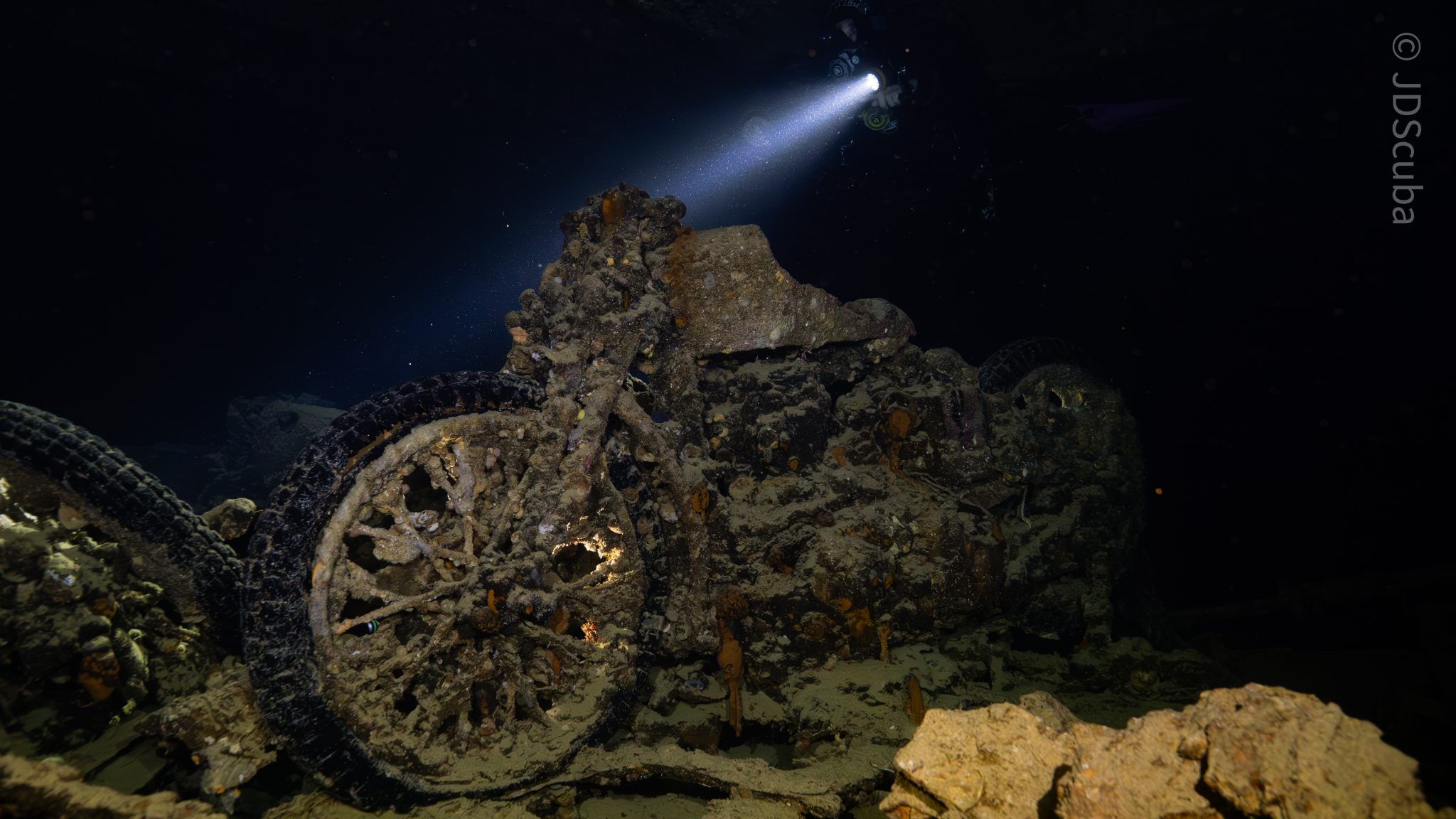
Jake Davies boards Ghazala Explorer for an unforgettable Red Sea diving experience…
Overnight, the wind picked up, making the planned morning dive a bit bumpy on the Zodiacs to the drop point on Thomas Reef. There, we would dive along the reef before descending through the canyon and then passing under the arch before ascending the wall with a gentle drift. The site provided great encounters with more pelagic species, including shoals of large barracuda, tuna, and bigeye trevally.
Once back on the boat, it was time to get everything tied down again as we would head back south. This time, with the wind behind us, heading to Ras Mohammed to dive Jackfish Alley for another great gentle drift wall dive before then heading up the coast towards the Gulf of Suez to moor up at the wreck of the Thistlegorm. This being the highlight wreck dive of the trip and for many onboard, including myself, it was the first time diving this iconic wreck. I had heard so much about the wreck from friends, and globally, this is a must on any diver’s list. Fortunately for us, there was only one other boat at the site, which was a rarity. A great briefing was delivered by Ahmed, who provided a detailed background about the wreck’s history along with all the required safety information as the currents and visibility at the site can be variable.
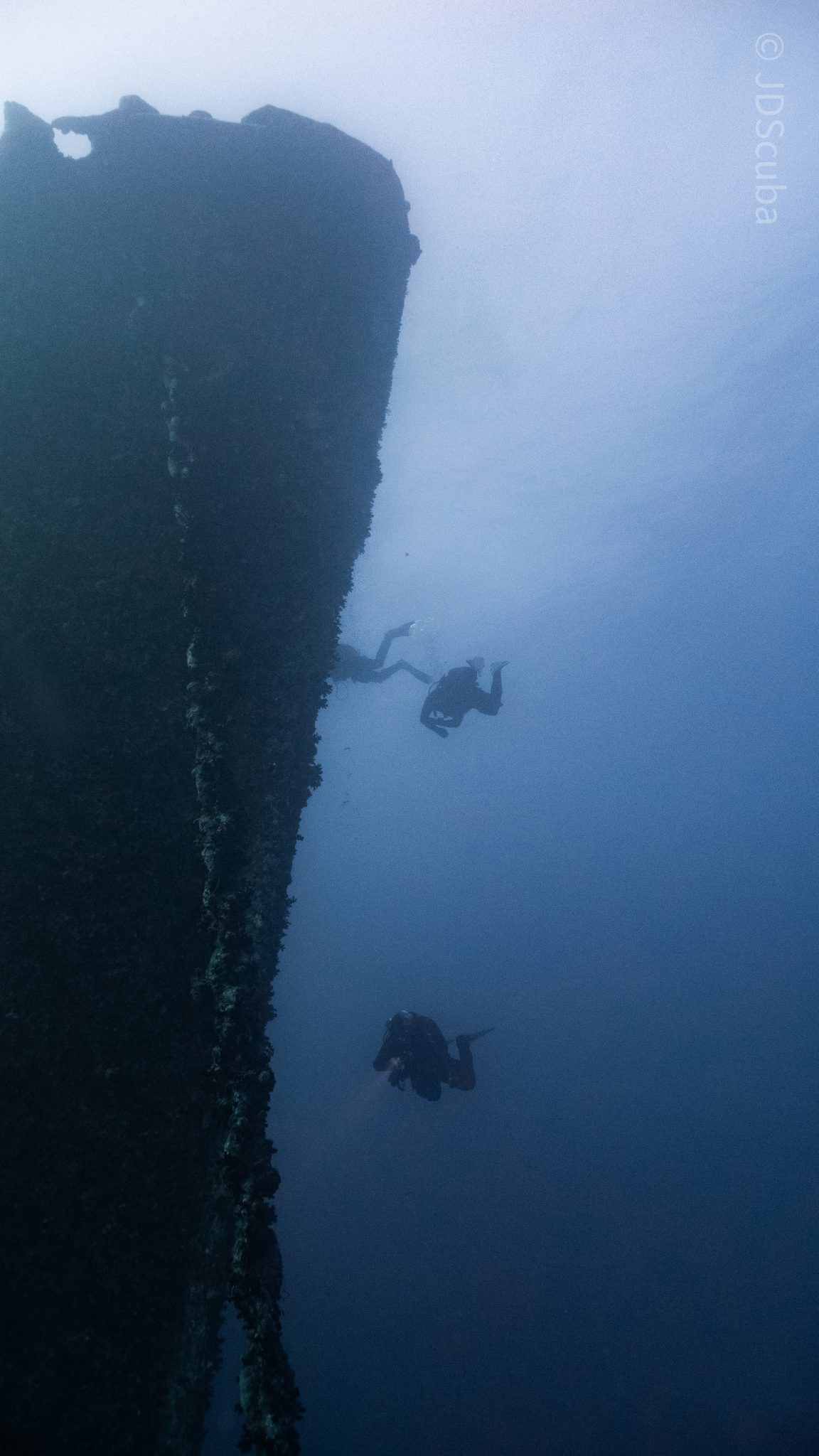
Kitting up, there was a lot of excitement on deck before entering the water and heading down the shoreline. Descending to the wreck, there was a light northerly current which reduced the visibility, making it feel more like the conditions that can be found off the Welsh coast. At 10m from the bottom, the outline of the wreck appeared as we reached the area of the wreck which had been bombed, as our mooring line was attached to part of the propeller shaft. Arriving on deck, instantly everywhere you looked there were many of the supplies which the ship was carrying, including Bren Carrier tanks and projectiles that instantly stood out.
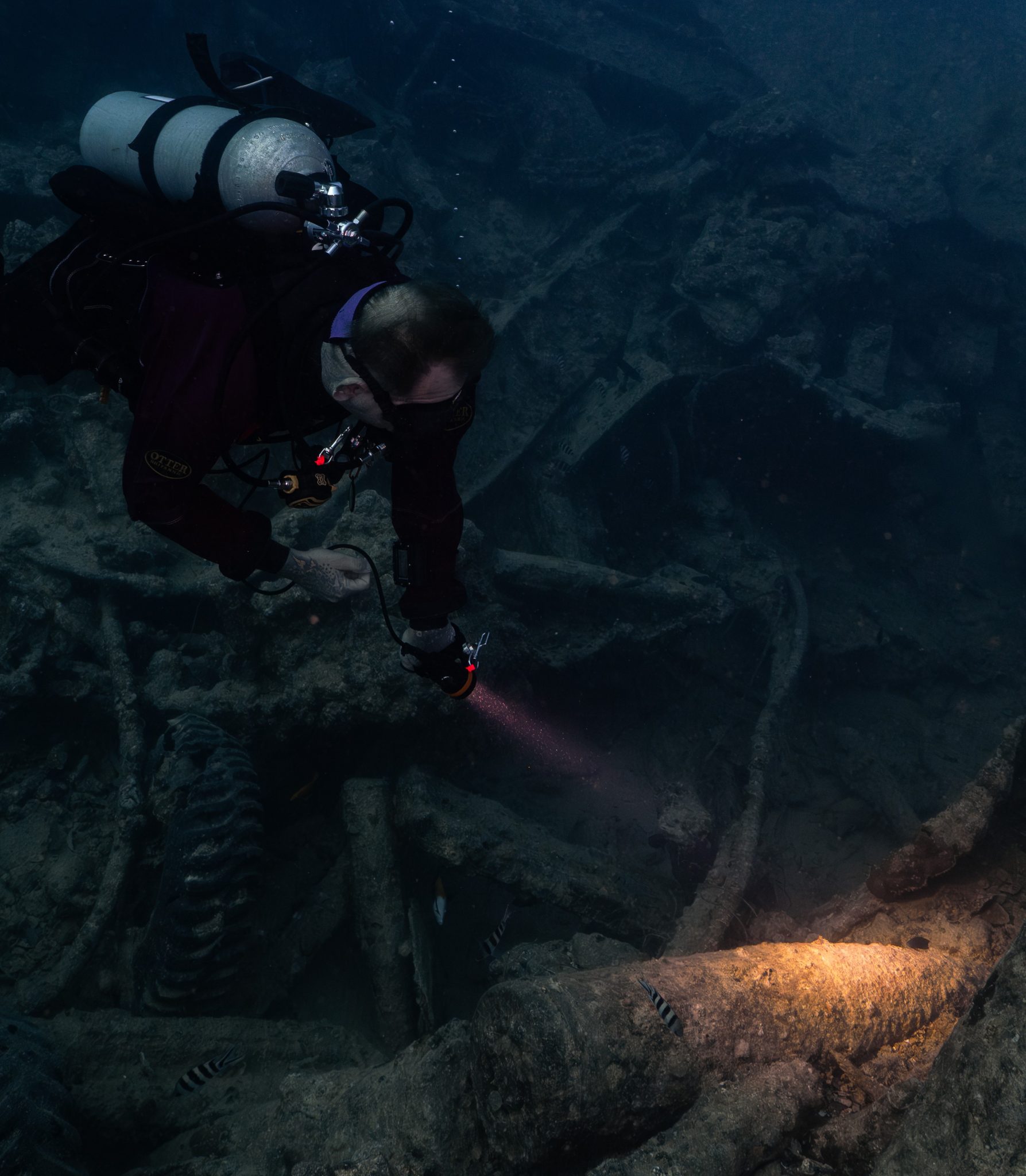
We headed around the exterior, taking a look at the large propeller and guns mounted on deck before entering the wreck on the port side to take a look in the holds. It was incredible to see all the trucks, Norton 16H, and BSA motorcycles still perfectly stacked within, providing a real snapshot in time.
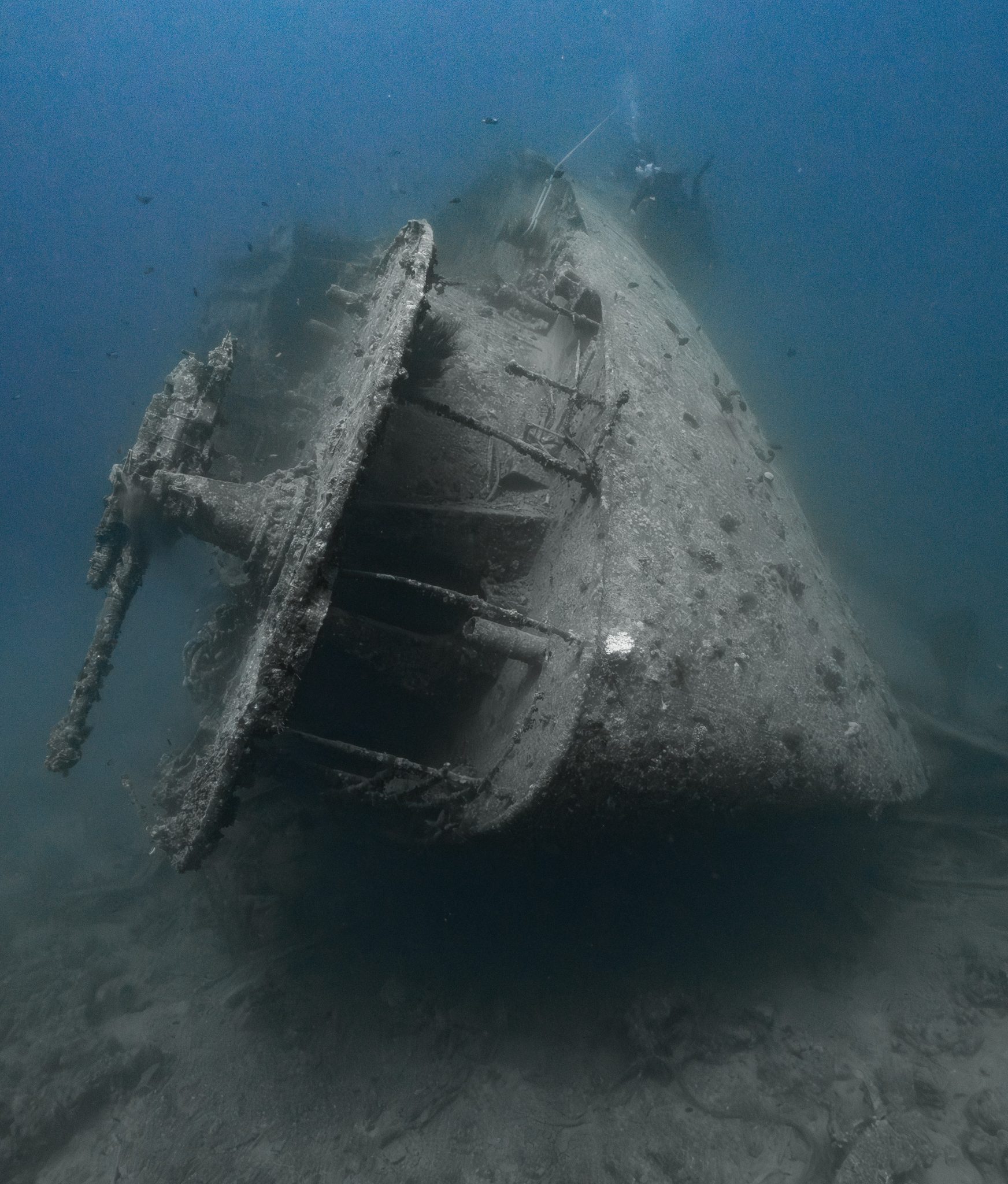
Overall, we had four dives on the Thistlegorm, where for all of the dives we were the only group in the water, and at times, there were just three of us on the whole wreck, which made it even more special, especially knowing that most days the wreck has hundreds of divers. Along with the history of the wreck, there was plenty of marine life on the wreck and around, from big green turtles to batfish, along with shoals of mackerel being hunted by trevally. Some unforgettable dives.
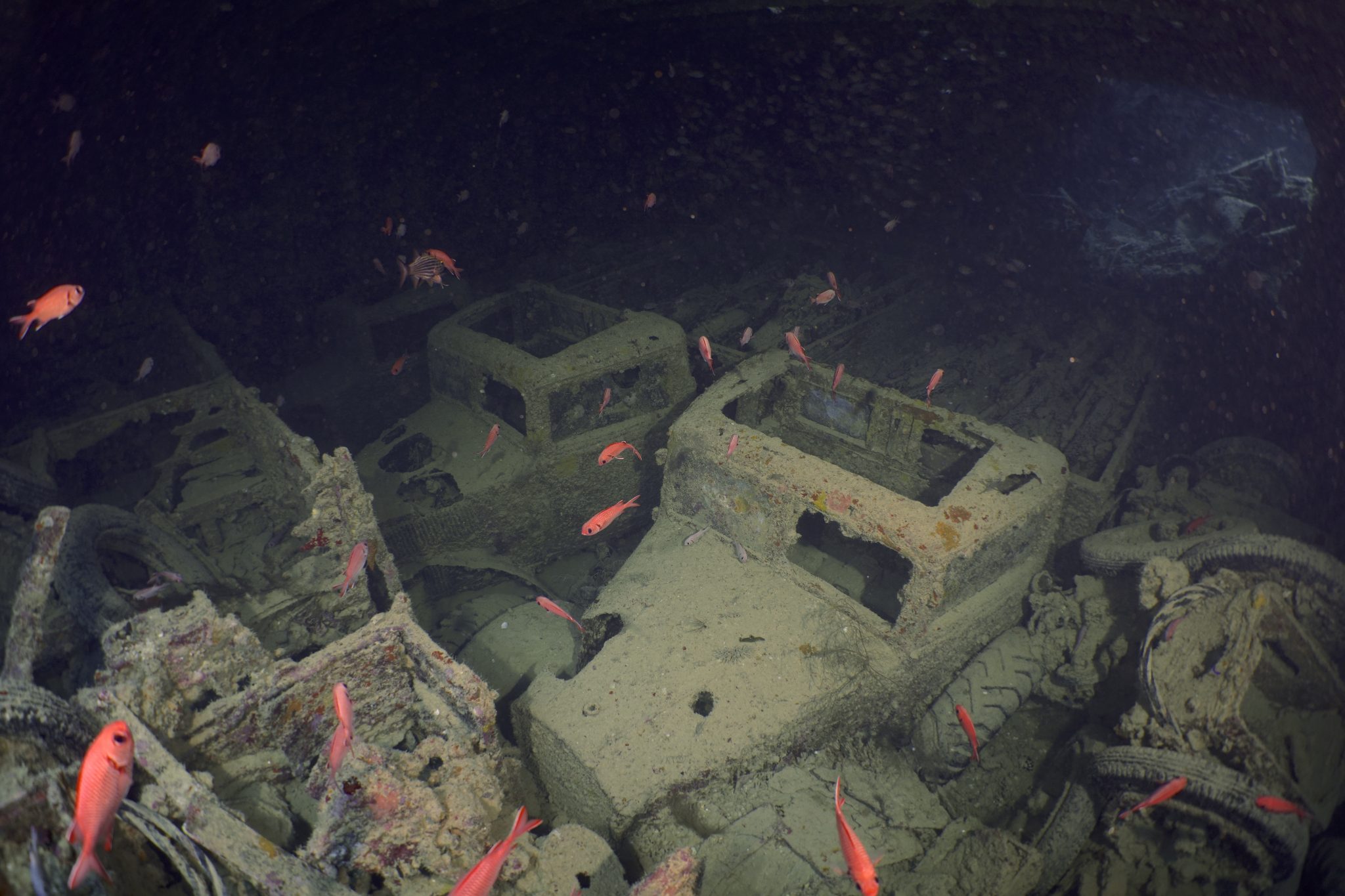
The final leg of the trip saw us cross back over the Suez Canal to the Gobal Islands where we planned to stay the night and do three dives at the Dolphin House for the potential of sharing the dive with dolphins. The site, which included a channel that was teeming with reef fish, especially large numbers of goatfish that swam in large shoals along the edge of the reef. These were nice relaxing dives to end the week. Unfortunately, the dolphins didn’t show up, which was okay as like all marine life they are difficult to predict and you can’t guarantee what’s going to be seen. With the last dive complete, we headed back to port for the final night where it was time to clean all the kit and pack before the departure flight the next day.
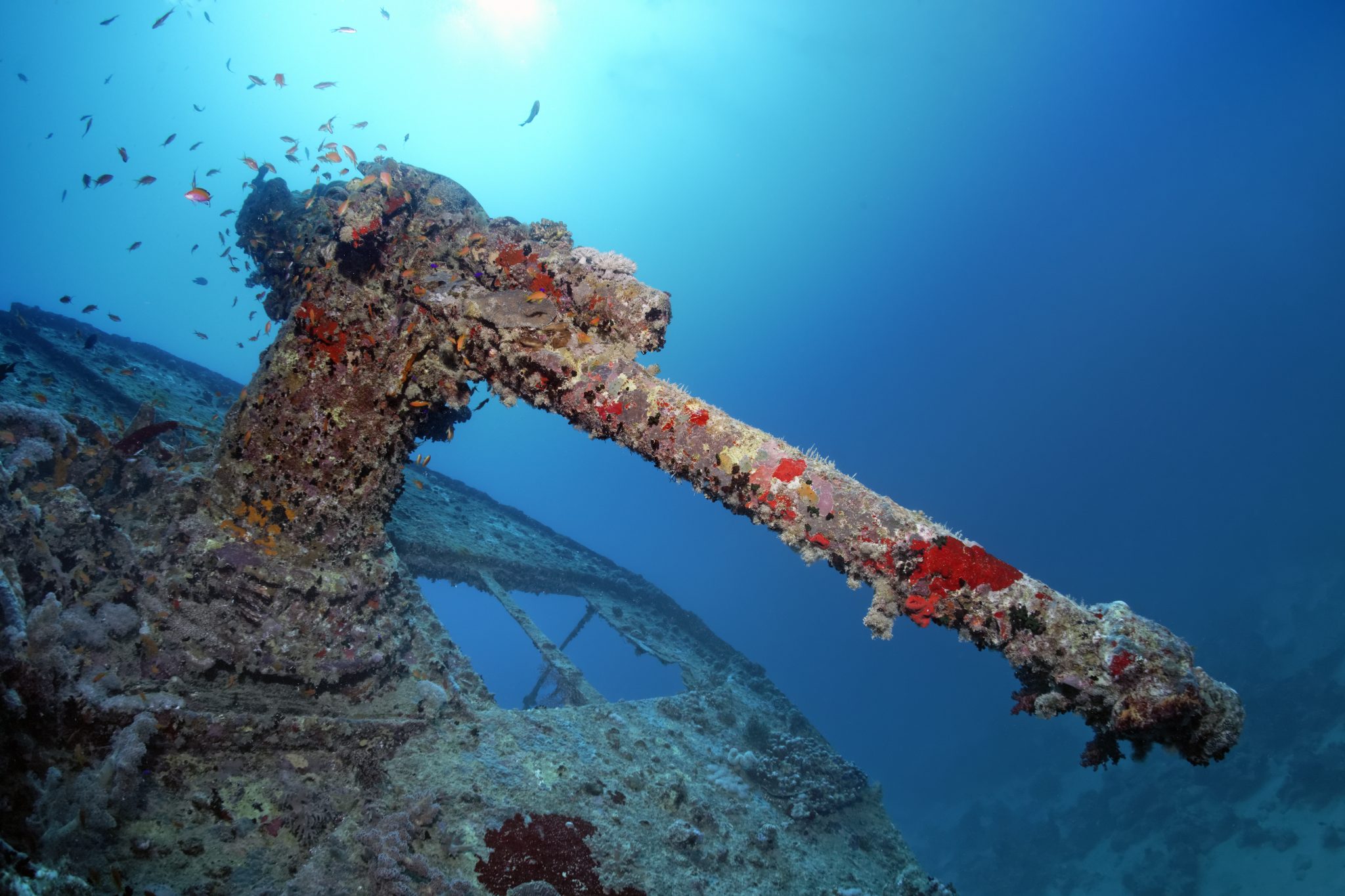
The whole week from start to finish on Ghazala Explorer was amazing; the boat had all the facilities you need for a comfortable week aboard. The crew were always there to help throughout the day and the chefs providing top quality food which was required after every dive. The itinerary providing some of the best diving with a nice mixture of wreck and reef dives. I would recommend the trip to anyone, whether it’s your first Red Sea liveaboard in the Red Sea or you’re revisiting. Hopefully, it’s not too long before I head back to explore more of the Red Sea onboard Ghazala Explorer.
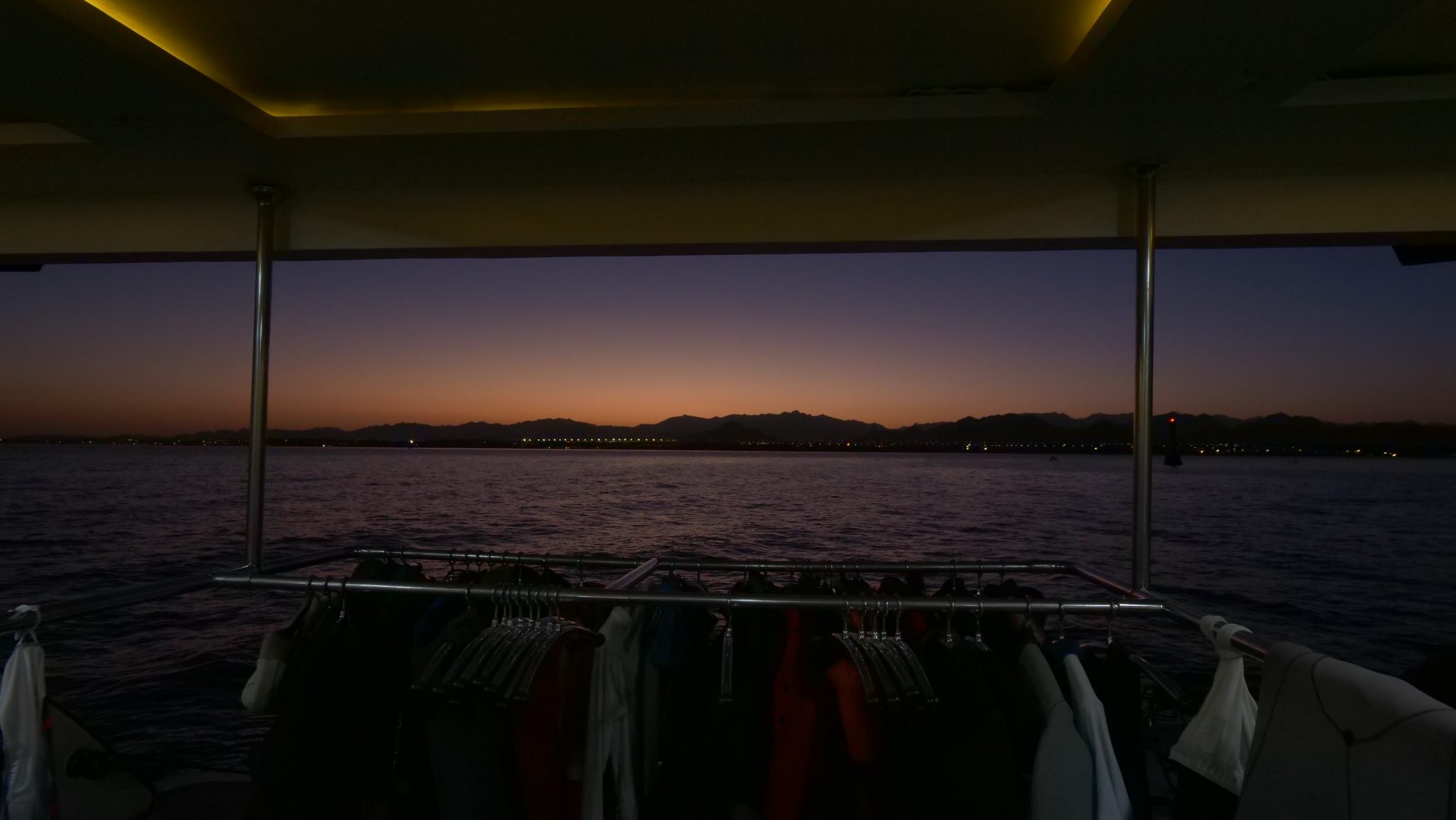
To find out more about the Northern Red Sea reef and wrecks itineraries aboard Ghazala Explorer, or to book, contact Scuba Travel now:
Email: dive@scubatravel.com
Tel: +44 (0)1483 411590
Photos: Jake Davies / Avalon.Red
-
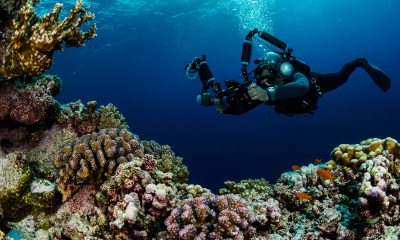
 News3 months ago
News3 months agoHone your underwater photography skills with Alphamarine Photography at Red Sea Diving Safari in March
-
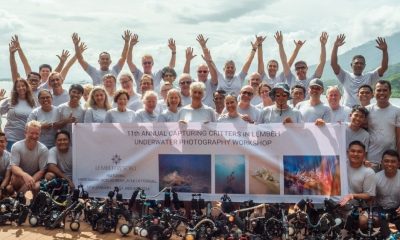
 News3 months ago
News3 months agoCapturing Critters in Lembeh Underwater Photography Workshop 2024: Event Roundup
-
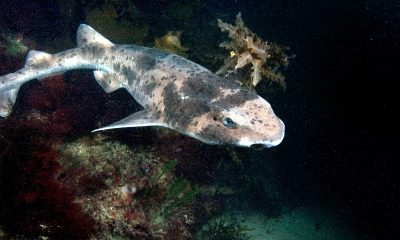
 Marine Life & Conservation Blogs2 months ago
Marine Life & Conservation Blogs2 months agoCreature Feature: Swell Sharks
-
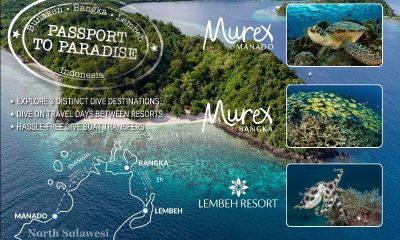
 Blogs2 months ago
Blogs2 months agoMurex Resorts: Passport to Paradise!
-
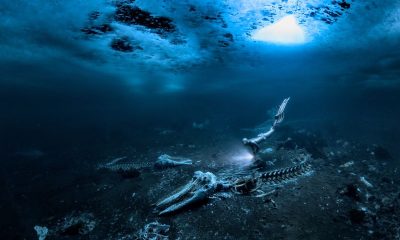
 Blogs2 months ago
Blogs2 months agoDiver Discovering Whale Skeletons Beneath Ice Judged World’s Best Underwater Photograph
-

 Gear Reviews3 months ago
Gear Reviews3 months agoGear Review: Oceanic+ Dive Housing for iPhone
-
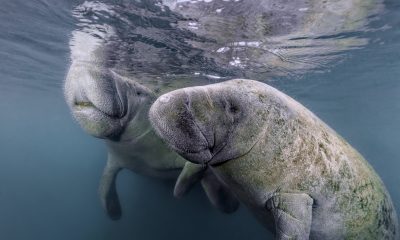
 Marine Life & Conservation2 months ago
Marine Life & Conservation2 months agoSave the Manatee Club launches brand new webcams at Silver Springs State Park, Florida
-
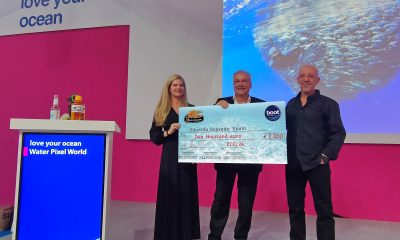
 News3 months ago
News3 months agoWorld’s Best Underwater Photographers Unveil Breathtaking Images at World Shootout 2023



